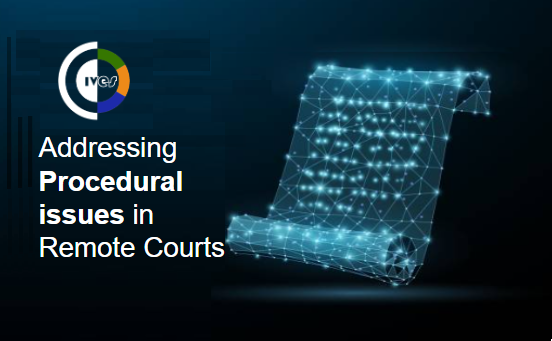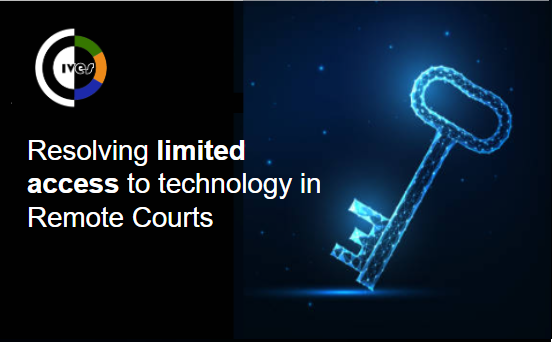Digital Innovation Meets Italian Elegance: Cives Heads to the Digital Innovation Forum, Lake Como
There are few better places to talk about the future than Lake Como. In just under three weeks, the Digital Innovation Forum will set up camp in one...

Addressing procedural issues in remote courts is crucial to maintain fairness and consistency in legal proceedings. Here are several strategies and measures to help resolve these issues:
Clear Remote Court Guidelines: Develop comprehensive guidelines and protocols specifically tailored to remote court proceedings. These guidelines should address issues such as virtual exhibit handling, document submission, and technical requirements.
Pre-hearing Technical Checks: Conduct pre-hearing technical checks with all participants to ensure they have the necessary technology, software, and internet connectivity. This can help prevent disruptions during the actual hearing.
Training for Legal Professionals: Offer training and resources to judges, attorneys, and court staff on how to conduct and participate in remote hearings effectively. This should include training on the use of virtual platforms and exhibit presentation.
Standardized Procedures: Standardize procedures for document submission, evidence presentation, and witness examination in remote courts to ensure consistency and fairness across cases.
Remote Courtroom Layout: Design the virtual courtroom layout to mimic the physical courtroom as closely as possible. Ensure that the judge, attorneys, witnesses, and defendants are clearly visible on the screen, and establish clear rules for muting and unmuting during proceedings.
Technical Support Teams: Assign technical support teams or IT professionals to assist participants during remote hearings. They can troubleshoot technical issues in real-time, ensuring a smoother process.
Remote Hearing Coordinators: Appoint remote hearing coordinators who can manage the logistics of virtual hearings, including scheduling, participant coordination, and managing exhibits.
Electronic Case Management Systems: Implement electronic case management systems that streamline document submission, case tracking, and communication between parties. This can help prevent procedural delays.
Secure Digital Evidence Handling: Ensure that digital evidence is handled securely to maintain its integrity and authenticity. Use encryption, digital signatures, and secure storage systems to protect sensitive information.
Transparency: Maintain transparency in remote court proceedings by providing clear instructions to participants, allowing for open communication, and addressing any concerns promptly.
Remote Jury Selection and Deliberation: If applicable, establish procedures for remote jury selection and deliberation to maintain the integrity of the jury trial process.
Recording and Transcripts: Record remote court hearings and provide accurate transcripts to all parties involved. This can serve as a valuable record and reference for the proceedings.
Remote Oaths and Affirmations: Develop procedures for administering oaths and affirmations remotely to ensure the truthfulness of statements made during hearings.
Alternative Dispute Resolution: Consider using alternative dispute resolution methods like mediation or arbitration for cases that are more suitable for remote proceedings, reducing the burden on the traditional court system.
Regular Evaluation and Feedback: Continuously evaluate the effectiveness of remote court procedures and seek feedback from participants to identify areas for improvement.
Legislative Updates: Review and, if necessary, update legislation to accommodate remote court proceedings, ensuring that the legal framework supports the use of technology in the justice system.
Addressing procedural issues in remote courts requires a combination of technology, training, clear guidelines, and ongoing evaluation. By implementing these strategies, courts can work towards maintaining fairness and consistency in remote legal proceedings while leveraging the benefits of technology.

There are few better places to talk about the future than Lake Como. In just under three weeks, the Digital Innovation Forum will set up camp in one...

Resolving limited access to technology in remote courts is crucial to ensure equal access to justice for all participants. Here are some strategies...

Running remote court hearings, also known as virtual or online court hearings, has become alot more common in recent years, especially since the...